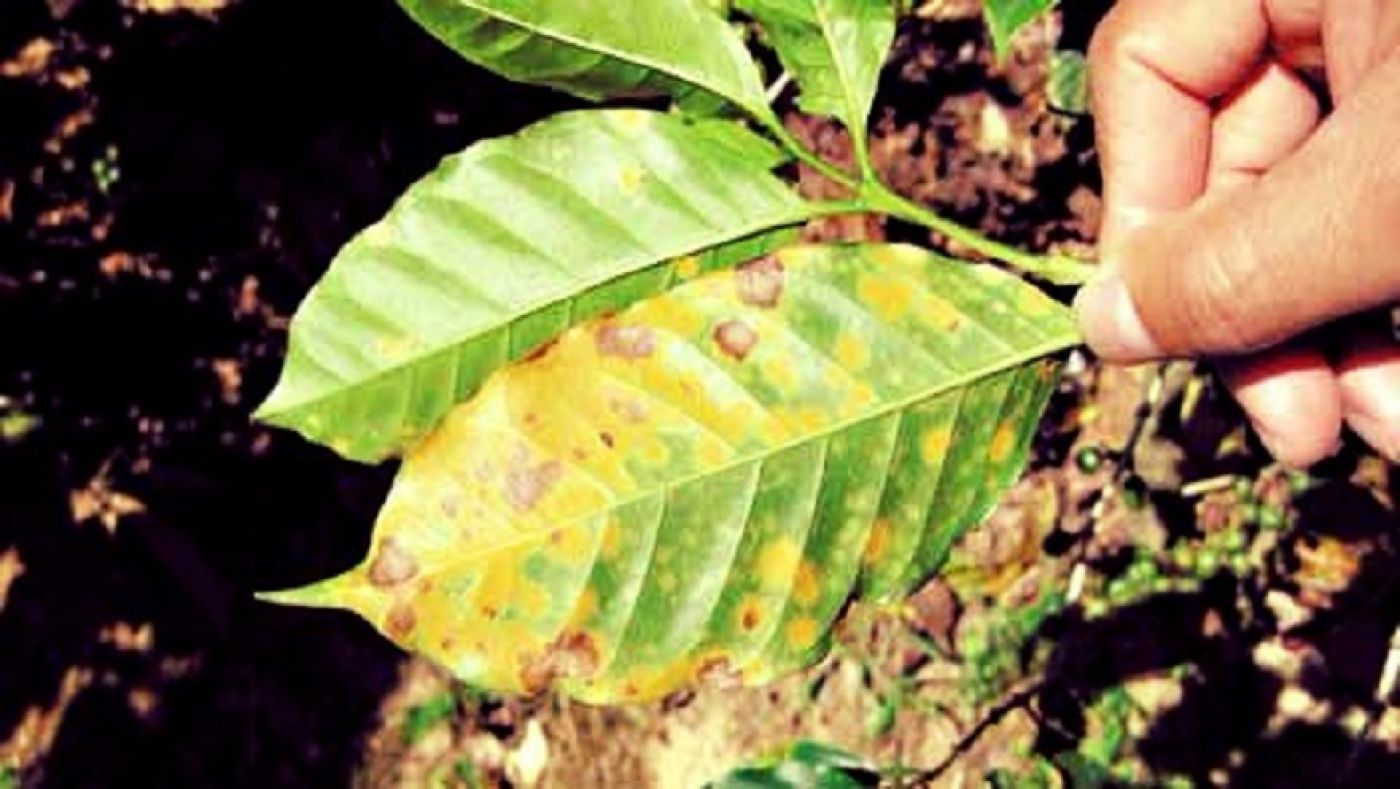
How does rust affect coffee cultivation?
Diseases and pests have become a threat to many coffee producers, especially in Latin America.
Rust is one of the most prominent epidemics in coffee crops and is mainly airborne. The contagion is clearly visible on the leaves of the plant, where there is a higher concentration of moisture, manifesting itself in the form of small yellow or orange spots.
The disease affects coffee plants by causing the infected leaves to fall, which can reduce their yield sometimes by more than 50%, as the fungus ends up weakening it greatly.
Water and humid environments are essential for the dispersion and development of the rust fungus spores, so that epidemics can be spread by rain, since by containing the spores, they can survive long distances, which has favoured the development of the disease throughout the world.
Under favorable conditions for the plague (20-25°C approximately), the first symptoms begin to appear between 10 and 15 days, and then a couple of weeks more are needed to spread.
Climate change increases plant vulnerability
Climate change is causing temperatures to rise and rainfall patterns to change, resulting in pests and diseases spreading more rapidly and in areas not previously affected.
In some producing regions of Latin America, certain changes in climatic conditions are already being observed, such as increases in rainfall and relative humidity as well as changes in temperature, which is leading to variations in coffee plantations as the optimal characteristics for the development of the plant are affected, producing stress in the coffee plants and environments that are conducive to triggering epidemics.
The impact that a rust epidemic can generate in Latin America is of incalculable dimensions, hundreds of thousands of families depend on this crop and the social and economic losses can be millions, which is why research and new techniques that try to stop new outbreaks of the pest should be bet on.

